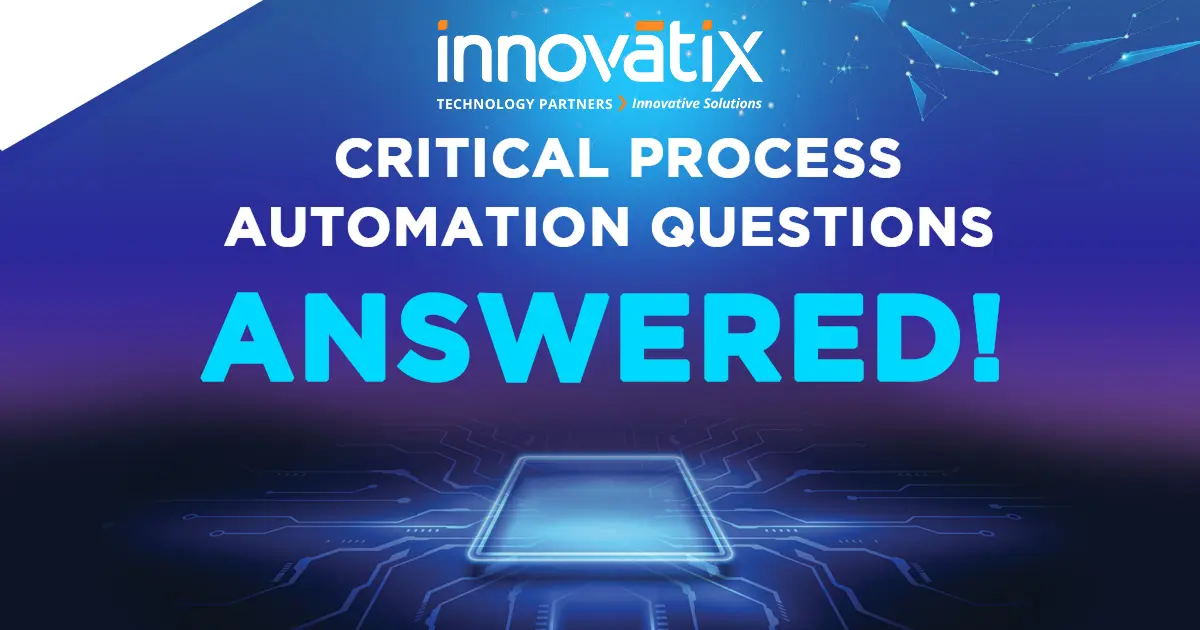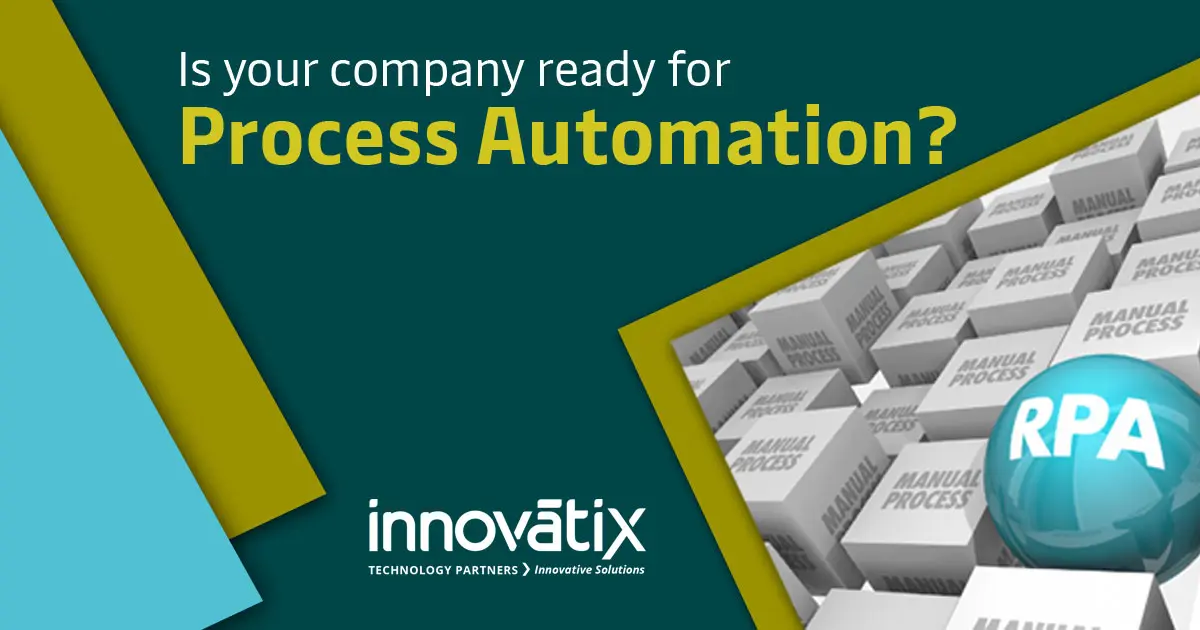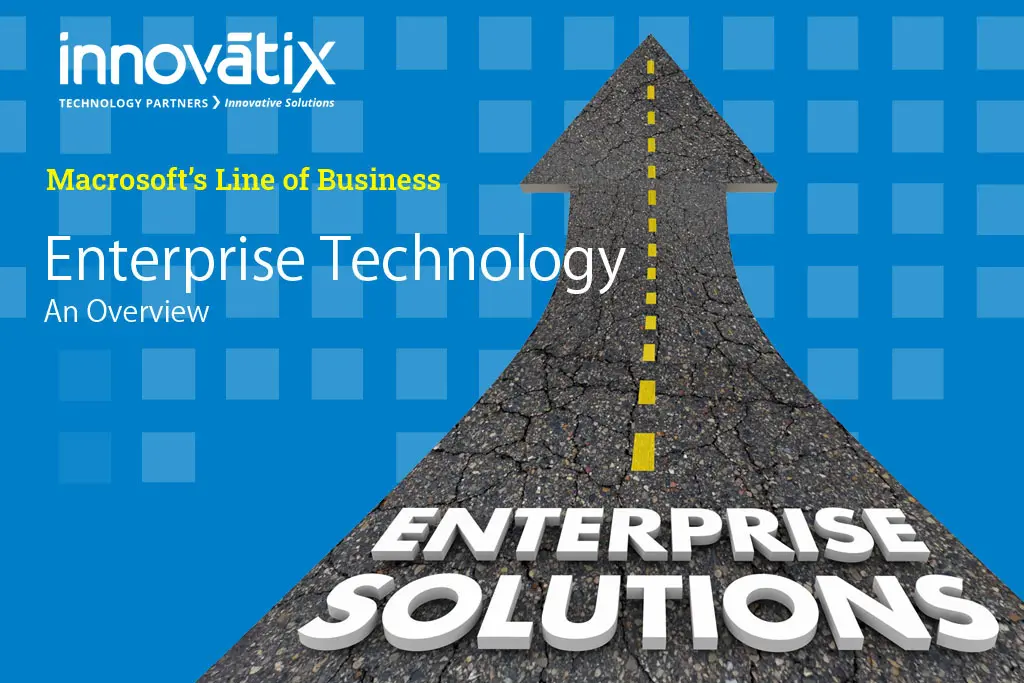The Role of a CTO in Navigating the AI Revolution: My Insights as a former CTO – G. N. Shah
The realms of Artificial Intelligence (AI) and Machine Learning (ML) have emerged as pivotal catalysts for technological innovation in recent times. These technologies have disrupted traditional business models and presented tremendous opportunities for innovation. As a tech leader and the former CTO, my experience in navigating the AI revolution. In this personal blog, I’ll delve into the insights and experiences I share from my tenure as a CTO regarding the challenges and opportunities presented by AI and Machine Learning as they transform the technological and business landscape. The Evolving Role of the CTO Let’s begin by reflecting on the evolving role of the Chief Technology Officer (CTO). Traditionally, the CTO’s role was primarily focused on overseeing technology infrastructure and ensuring the smooth operation of IT systems within an organization. However, with the emergence of AI and ML, the CTO’s responsibilities have expanded to include a broader and more strategic focus. The CTO is no longer just the guardian of technology; they are now the visionary, the strategist, and the driver of innovation. AI and ML have redefined how businesses operate, and it is the CTO’s responsibility to harness these technologies to drive business growth. Challenges And Paradigm Shifts I vividly recall the challenges that accompanied this paradigm shift. AI and ML were not just tools but agents of transformation, introducing complexities and opportunities that demanded a new mindset. Talent Acquisition: The scarcity of AI and ML talent was one of the early challenges. I emphasize the importance of building a skilled team with data science, machine learning, and deep learning expertise. Attracting and retaining top talent should be a top priority for CTOs. If you are a small or medium-sized company, you may seek help from a good partner. Data-Driven Decision-Making: The shift towards data-driven decision-making was a substantial change. I learned that CTOs must focus on data collection, storage, and analysis to derive actionable insights. As AI thrives on data, the CTOs must ensure data is collected and transformed into valuable insights. Integrating AI into Business Processes: AI is not just an IT concern but a core component of the business strategy. CTOs must work closely with other business leaders to integrate AI and ML into various processes and create a seamless, intelligent ecosystem. Balancing Innovation with Legacy Systems: One of the toughest tasks I found was to balance innovation with legacy systems. Many organizations had extensive IT infrastructure, and the challenge was integrating AI technologies while ensuring compatibility and security. Strategic Insights from My Experience Education And Continuous Learning I emphasize the importance of education and continuous learning in navigating the AI revolution. As a CTO, I reflect I had to become a student again. I immersed myself in AI and ML courses, attended conferences, and engaged with experts in the field. It is a constant journey of learning and adaptation. CTOs must encourage their teams to do the same. Training and upskilling are crucial to keep up with the rapid advancements in AI and ML. I believe that investing in employees’ education is an investment in the company’s future growth. Strategic Partnerships One key lesson I learned was the value of strategic partnerships. No one can do it all. CTOs must seek collaborations with other organizations, startups, or technology providers to complement their expertise. Strategic partnerships can open doors to cutting-edge AI solutions and talent that may not be readily available in-house. Fostering A Culture of Innovation CTOs have a pivotal role in shaping the culture of their organizations. My experience taught me that fostering a culture of innovation is essential. Innovation must be woven into the DNA of the company. This begins with the executive and trickles down to every team member. I encourage CTOs to create an environment where experimentation is not just allowed but encouraged, where failures are seen as learning opportunities, and where ideas can be freely shared and explored. Ethical Considerations in AI I would especially emphasize the importance of ethical considerations in AI development and deployment. I believe that CTOs should lead the charge in ensuring AI is developed and used responsibly. Ethical AI is not just a buzzword but a moral obligation. CTOs must ensure that AI systems are designed to be fair, transparent, and secure. Focus On Outcomes My experiences have led me to recognize the significance of focusing on outcomes rather than technology for its own sake. CTOs should be result-driven. AI and ML are tools to achieve business objectives. It is not about adopting AI for its own sake but for what it can help the organization succeed. Adaptability And Resilience The tech landscape is ever-changing, and CTOs must be adaptable and resilient. I must say there were moments of uncertainty and challenges, but adaptability and resilience are the key ingredients for success. CTOs must be ready to pivot, to iterate, and to evolve. The ability to adapt to change is what sets apart successful leaders in the AI era. Leveraging AI: The Benefits Adopting AI yielded significant benefits for Innovatix Technology Partners, a Macrosoft, Inc. company. It enabled us to automate repetitive tasks, increasing efficiency and cost savings. It also allowed us to gain deeper insights into our business operations and make better, data-driven decisions. Innovatix’s customer service improved significantly with AI. We are now offering personalized services and 24/7 support through AI chatbots. This feature resulted in increased customer satisfaction and loyalty. Lastly, AI gave Innovatix Technology Partners a competitive edge. It allowed us to innovate and offer new products and services that were impossible earlier. Final Thoughts The role of a CTO in navigating the AI revolution is both challenging and rewarding. My insights, drawn from my extensive experience as a CTO and now as the CEO of Innovatix Inc., shed light on the evolving nature of this role and the strategies needed to excel in the AI-driven landscape. It is a journey of continuous learning, strategic thinking, ethical responsibility, and a commitment to fostering a culture of innovation. As AI and ML













